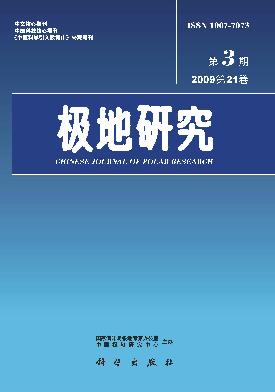Based on Microsoft Windows 2000 Server operating system, the CIPCDS was established by database management system SQL Server 7.0. It is made up of six sub databases: glacier physics, glacier chemistry, sea ice, meteorology, remote sensing and GIS map. All those basic information and observational data of ice sheets, glaciers, frozen earth, snow, sea ice, topography are stored in 150 tables. The former four sub databases mainly include: glacier movement, radar survey, glacier temperature, snow/ice crystal, density, rigidity, mass balance; pH value, conductivity rate, main ions, isotopes, organic substances, gas of surface snow, snow pit and ice core; sea ice extent and areas, sea ice thickness and salinity; all kinds of weather elements on the ground and upper air. The last two sub databases mainly include: remote sensing images for the polar regions, topographic data. The homepage and web pages of CIPCDS were made by Sybase Power Dynamo, Internet Information Server 5.0 and Front Page 2000. Two protocols in data translation in CIPCDS: HTTP and FTP was established for internet users, while for intranet users, a CIPCDS data management software by Power Builder 7.0 was manufactured independently. Users admitted by CIPCDS can query, download, manage, and export all information they concerned.

